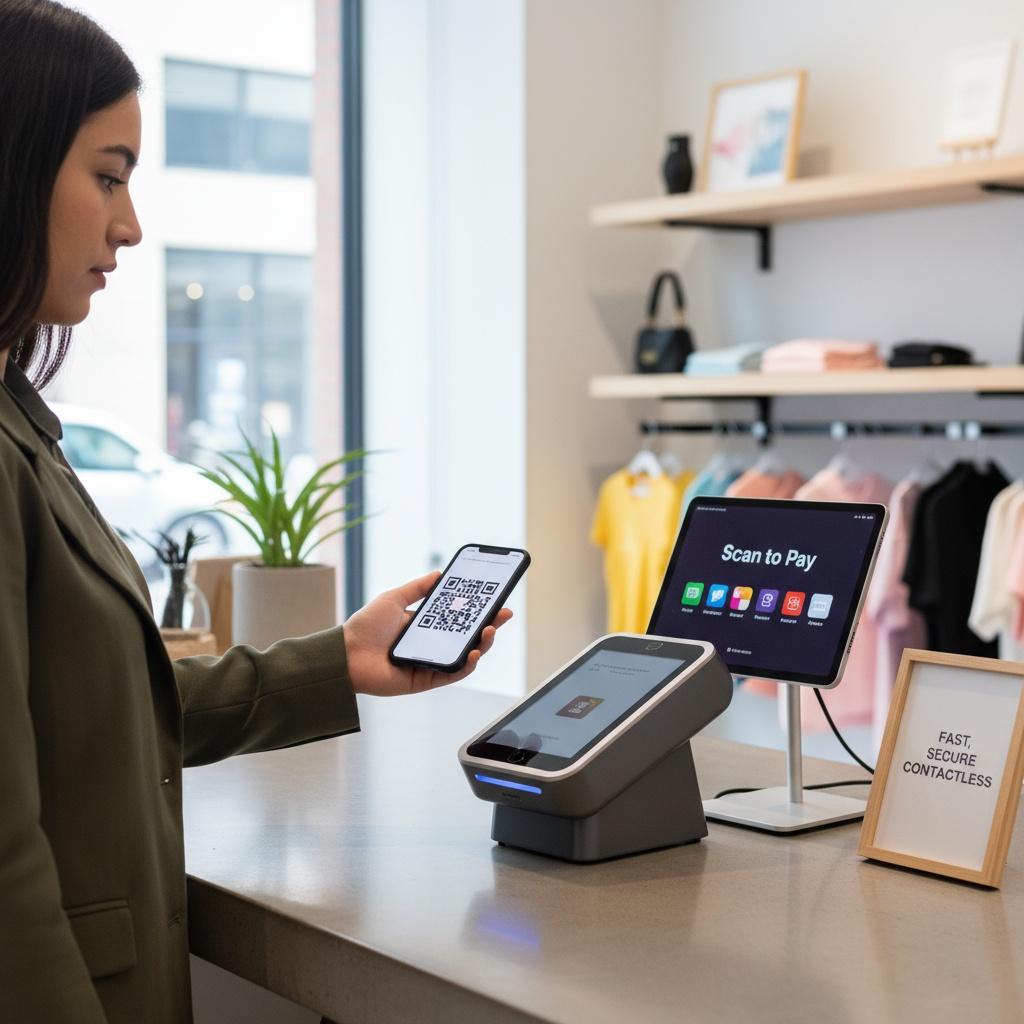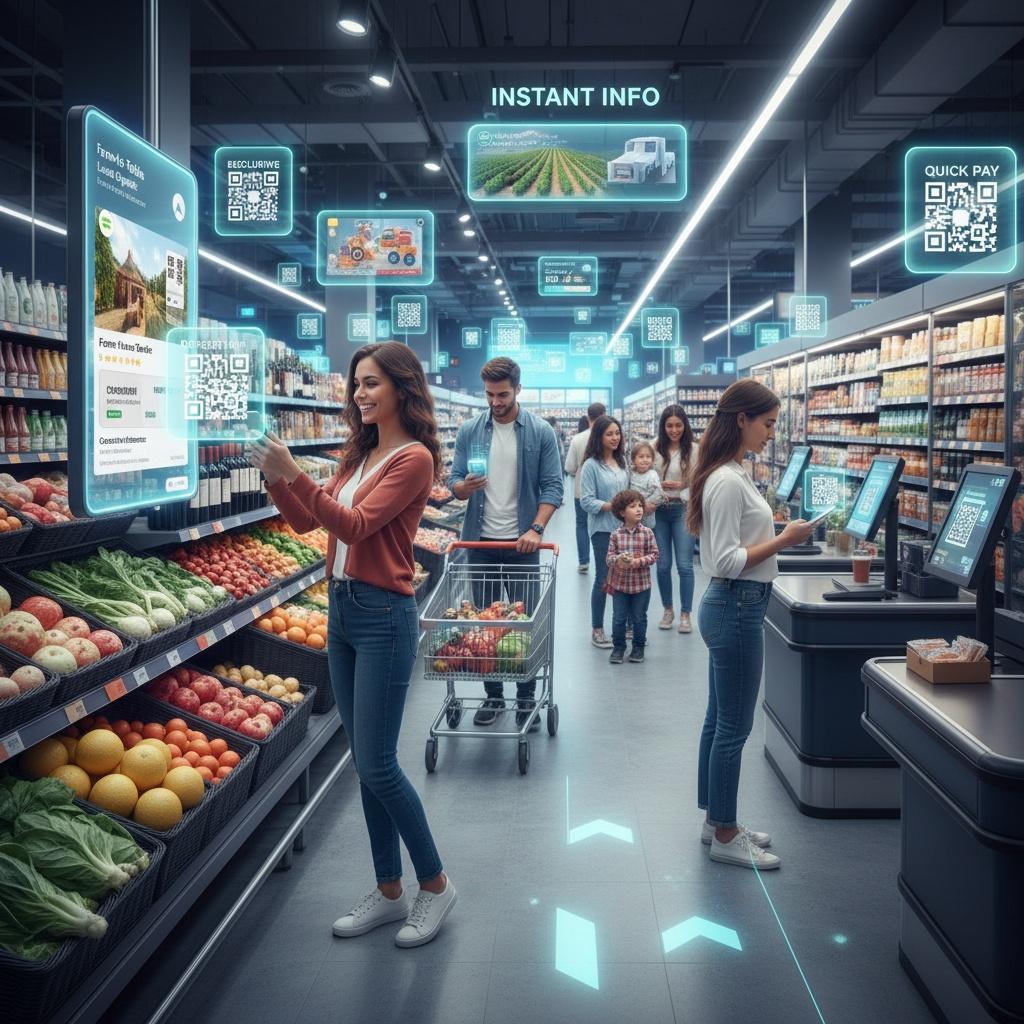

In today’s fast-evolving retail landscape, digital transformation tools like QR codes are reshaping how customers interact with brands and products. QR codes in business not only provide a contactless, convenient shopping experience but also enable retailers to deliver personalized, engaging content instantly. This blog post explores how QR codes enhance the customer shopping journey and why they have become an essential modern marketing strategy.
One of the most significant advantages of QR codes is providing customers with immediate access to rich product information. By simply scanning a QR code on a product tag or shelf, shoppers can view detailed descriptions, customer reviews, instructional videos, or even augmented reality demos. This interaction elevates the customer’s confidence and helps them make informed purchase decisions, leading to increased satisfaction and reduced returns.
QR codes also enable retailers to offer personalized promotions and tailored content. Through user data collected via QR code interactions, businesses can customize offers based on past purchases, preferences, or current browsing behavior. This personalization fosters brand loyalty and encourages repeat visits, as customers feel the shopping experience is tailored specifically to their needs.
Contactless technology has become increasingly vital, especially in health-conscious environments. QR codes facilitate no-touch interactions, allowing customers to access menus, product catalogs, or checkout options without touching shared surfaces. This convenience combined with safety strengthens customer trust and modernizes traditional shopping methods.
Beyond enhancing the shopper journey, QR codes serve as powerful data collection tools. Businesses can track scan rates, identify popular products, and analyze geographic trends in real time. This data provides valuable insights that feed into more targeted marketing campaigns and smarter inventory decisions, boosting overall operational efficiency.
QR codes promote seamless supply chain operations by linking physical products to digital inventory systems. Retailers can monitor stock levels dynamically and automate reordering processes. Additionally, integrating QR codes into return workflows simplifies the customer experience by enabling easy returns or exchanges via quick scans, minimizing friction and improving satisfaction.
Implementing QR codes is relatively low-cost yet extremely versatile. Businesses across sectors use them for marketing campaigns, event registrations, loyalty programs, and payment processing. With error correction and customization options, QR codes can be embedded into various marketing collateral, helping brands stand out in competitive marketplaces.
For a comprehensive look at how QR codes transform retail experiences, see Clearline Apps’ guide on QR codes in retail. Additionally, the article from Retail Touchpoints offers expert strategies on effective QR code deployment.
In conclusion, QR codes are an indispensable component of modern marketing strategies and business digital transformation tools. They enrich the customer shopping experience by offering immediate, personalized interactions and facilitate business efficiency through real-time data analytics. As consumer expectations evolve, leveraging QR codes wisely can drive higher engagement, brand loyalty, and operational excellence, making them a must-have technology for any forward-thinking retailer.